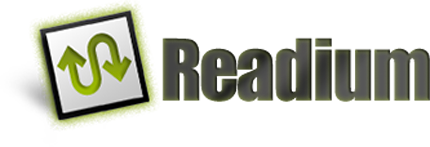
Aspects of Web content which allow over-sharing of Web Publications
Editors:
- Laurent Le Meur (EDRLab)
Version: V1.0
Release date: 2020-12-15
Uncontrolled access to the publication
1.1/ The Web Publication manifest and all resources of a publication are accessible without proper authorization.
1.2/ Concurrent access to the resources of a publication is possible from multi-threaded scripts, allowing a great optimization of content grabbing.
1.3/ Replay of fetch commands is easy, even after some time has passed.
Discovery of the URLs of publication resources
2.1/ Hyperlinks in HTML content reveal target URLs when interacted with (using mouse over, finger touch or keyboard focus).
2.2/ Resource URLs are predictable.
Copy of textual content
3.1/ Text in HTML content can be selected (using the mouse of keyboard shortcuts)
3.2/ Once selected, text in HTML content can be copied to the clipboard (using the context menu or keyboard shortcut).
Copy of HTML markup
4.1/ The Web inspector / debugger can be opened via the context menu, offering access to the HTML markup, associated CSS stylesheets and Javascript code.
4.2/ The browser “view source” feature displays the HTML markup.
Copy of image content
5.1/ Images can be dragged (using the mouse), then dropped into another document.
5.2/ Images can be easily copied or downloaded (using the context menu).
5.3/ Images can be fetched from their URL, if known.
Direct fetching of resources from the server
6.1/ Resources are obtained from any client without an appropriate HTTP referer header (URL obtained via the Web browser address bar or tools like curl / wget).
6.2/ Resources are grabbed by an HTTP proxy, during their transmission from the server to the client.
Fetch of resource from the cache of the Web browser
7.1/ Non-obfuscated resources are copied from the cache of the Web browser.
Misc.
8.1/ The print feature of the browser allows for an easy export of individual documents from the publication.
8.2/ Screen capture tools (including video capture like Snagit or Camtasia), associated with proper OCR for textual content, allows user to recreate the content of a publication semi-automatically.
Links
Next
Read the server and client techniques recommended for the protection of Web content (the “solutions”).
Previous
Read the introduction to the project.